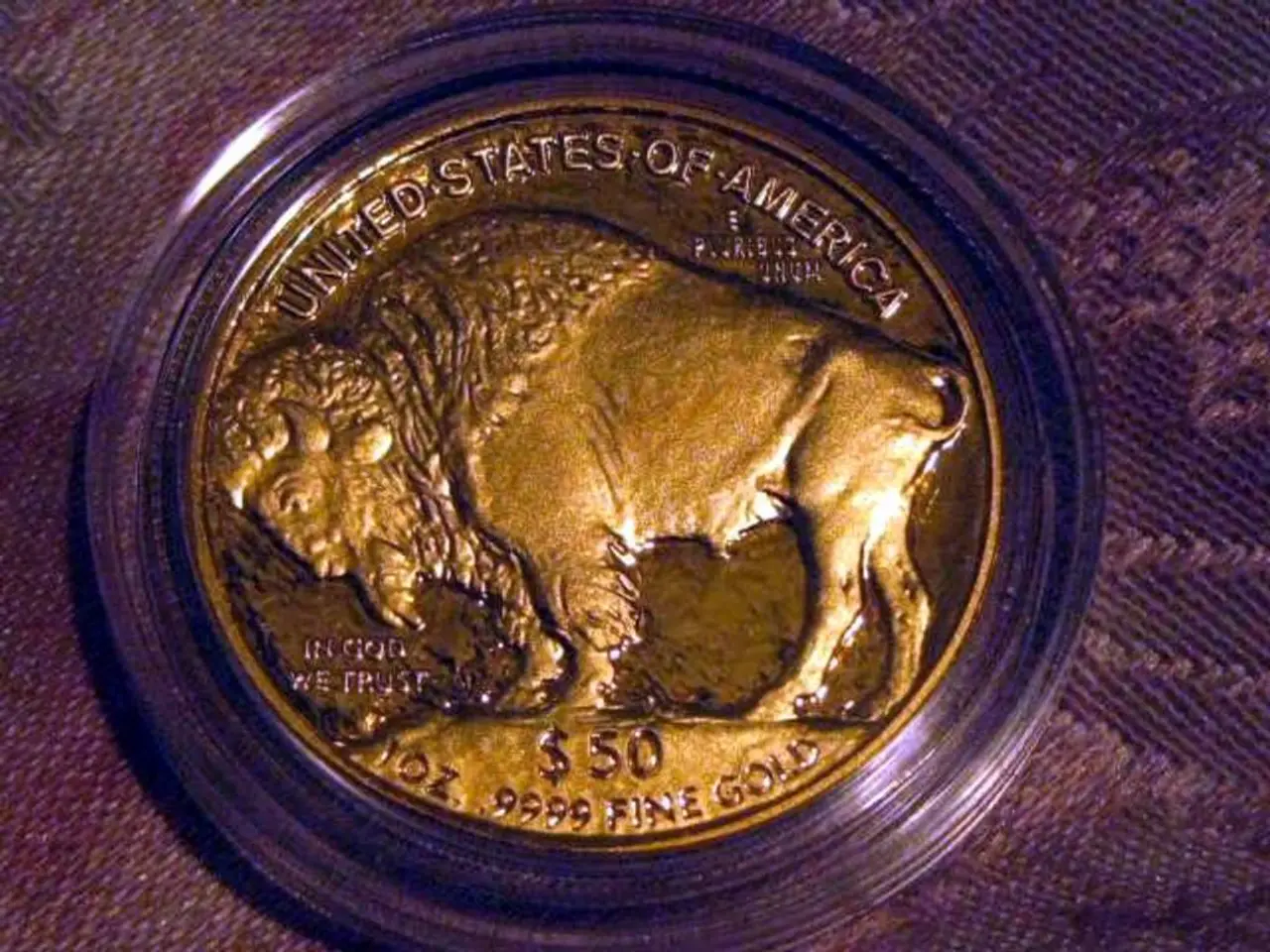The United States is endeavoring to establish an unprecedented sovereign wealth investment entity
Unconventional U.S. Sovereign Wealth Fund Shapes Domestic Industrial Policy
The United States has established a unique sovereign wealth fund (SWF) in 2025, diverging from the traditional approach of advanced economies. Unlike traditional SWFs, the U.S. fund is bottom-up, ad hoc, and driven by industrial strategy, rather than national savings or resource surpluses.
The fund operates primarily as a catalyst for strategic investments, often leveraging public-private partnerships (PPPs) instead of simply managing surplus capital passively. A prime example of this strategy is the Department of Defense's significant equity stake in MP Materials, the only U.S. rare earth producer, where the Pentagon now owns up to 15%.
In contrast, most SWFs in advanced economies are characterized by large, centralized pools of capital derived mainly from commodity wealth or fiscal surpluses. They focus on passive investment strategies, with a strong emphasis on diversified global assets, high governance standards, and transparency. These funds typically have limited direct industrial policy or equity stakes in domestic companies.
The U.S. approach, however, uses the fund as an instrument of strategic industrial policy with active government participation and direct equity ownership in key sectors. This aggressive "public-private partnership" model is designed to revive manufacturing and strategic supply chains.
This unconventional model impacts public-private partnerships by significantly increasing government equity participation in domestic firms, thereby aligning private investment with strategic policy goals. It also leverages sovereign capital to "crowd in" additional private-sector funding for targeted sectors such as rare earths, semiconductors, pharmaceuticals, and energy.
The fund also facilitates joint ventures and long-term offtake agreements that secure industrial capacity domestically, often under Defense Production Act authorizations. This approach creates a new vehicle where sovereign funds do not just preserve wealth but actively shape industrial structure and economic security.
Globally, this U.S. model contrasts with other advanced economies where SWFs mostly focus on financially oriented portfolio management rather than direct operational or industrial roles. The U.S. SWF’s hybrid role blending government strategic industrial policy and sovereign investment fund functions is unique among major advanced economies, signaling a shift towards more active, mission-driven sovereign capital deployment in a geopolitical context.
The US-European Union trade deal could potentially contribute $600 billion EU capital to the Trump SWF construct, further expanding its reach and influence. As the fund continues to grow and evolve, its impact on domestic industries and the global economy is expected to be significant.
- The unique U.S. sovereign wealth fund, established in 2025, diverges from traditional approaches by focusing on domestic industrial policy rather than passive investment or managing surplus capital.
- This fund operates as a catalyst for strategic investments, often leveraging public-private partnerships and taking equity stakes in key sectors such as rare earths, semiconductors, pharmaceuticals, and energy.
- In contrast, most advance economy sovereign wealth funds prioritize passive investment strategies, with a focus on diversified global assets, high governance standards, and transparency.
- The U.S. approach uses the fund as an instrument of strategic industrial policy, with active government participation and direct equity ownership, aiming to revive manufacturing and strategic supply chains.
- This public-private partnership model significantly increases government equity participation in domestic firms, aligning private investment with strategic policy goals and even leveraging sovereign capital to "crowd in" additional private-sector funding.
- The fund's hybrid role, blending government strategic industrial policy and sovereign investment fund functions, is unique among major advanced economies and signals a shift towards more active, mission-driven sovereign capital deployment in a geopolitical context. Additionally, the US-European Union trade deal could potentially contribute a significant amount of EU capital to the fund, further expanding its reach and influence.



